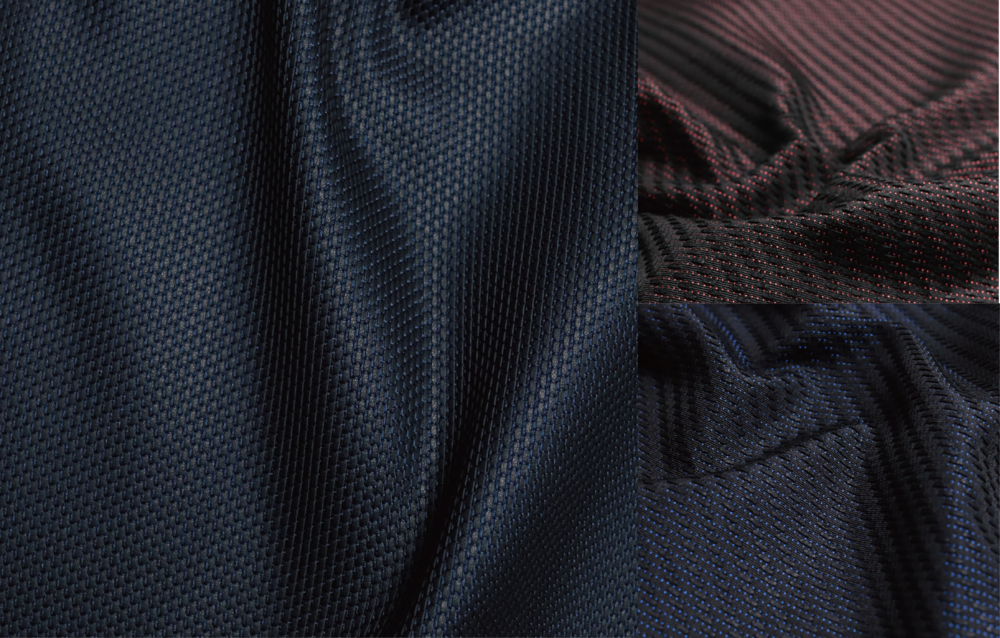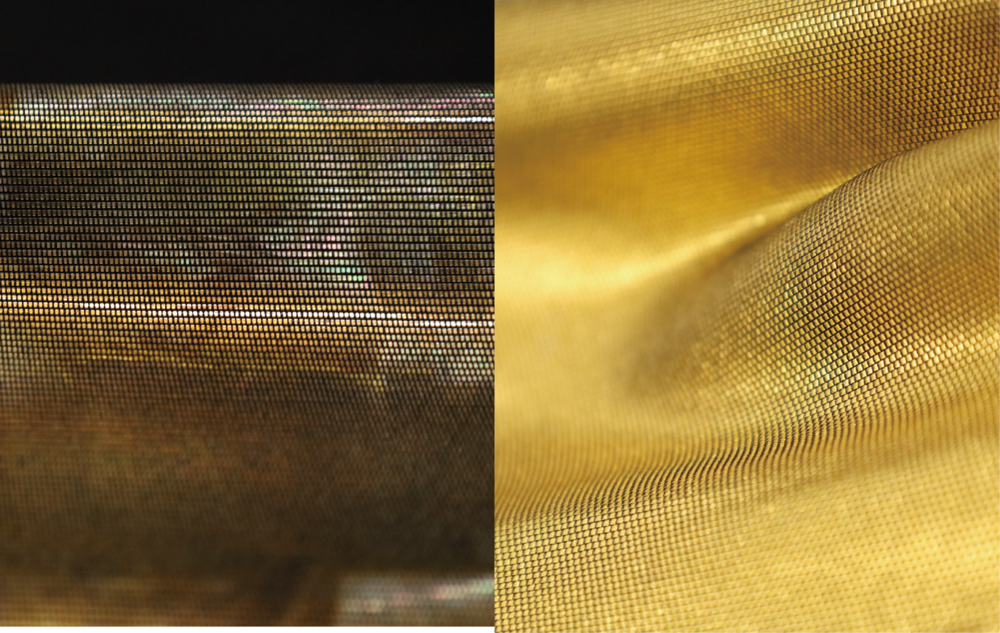SUPPLIER
TAMIYA RADEN Ltd
PRODUCTION AREA
- 丹後(Tango)
SPECIALTY
- Fabric, Jacquard , Japanese clothing/kimono, Interior , Garment
MINIMUM ORDER QUANTITY
- -
MINIMUM ORDER QUANTITY BY ORDER
- -
Story


Company Profile
| Company Name | TAMIYA RADEN Ltd |
|---|---|
| Production area | 丹後(Tango) |
| Specialty | Fabric, Jacquard , Japanese clothing/kimono, Interior , Garment |
| Established | 1900 |
| Address Line1 | 312, Miyake, Tango-cho, Kyotango-city, Kyoto, Kyoto 6270212, Japan |
| Phone Number | +81772750978 |
| Manager | 民谷 |





The Tango district faces the Sea of Japan and is a region of natural scenery that retains the flavor of ancient Japan. This natural environment and climate is necessary for textile production and the temperament of the residents is passed on from generation to generation.
TAMIYA RADEN is based on inspiration from nature and techniques cultivated in a background of history and tradition. We pursue the creation of all new fabrics with a convergence of natural materials such as silk, sea shells, lacquer, wood and leather. The fabric in the photograph is crafted with leather as the weft and silk as the warp, creating a material with a distinct dedication to quality. Due to the inability to mass produce and the commitment to the highest quality from raw materials to weaving, the price is quite high. We hope to offer this charming material to customers who seek the finest quality in their products.